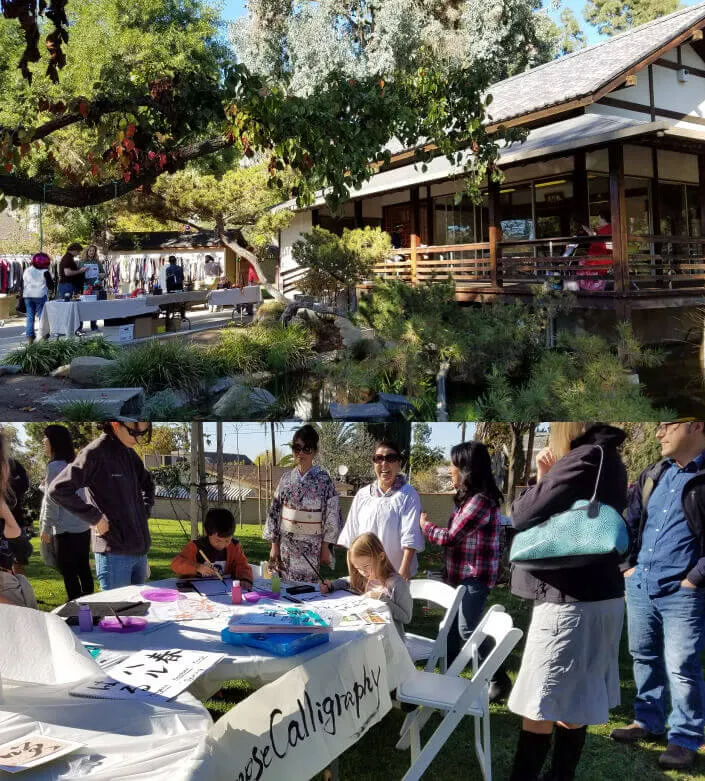2025 Japanese New Year's Day - Oshogatsu Events
Find the Latest Events & Locations
The Japanese New Year (Oshogatsu) is one of the most important annual festivals, with its own unique customs,
and has been celebrated for centuries.
Due to the importance of the holiday and the preparations required, the preceding days are quite busy.
The Japanese New Year has been celebrated since 1873 according to the Gregorian calendar, on January 1 of each year (New Year's Day where the Gregorian calendar is used). -Wikipedia
Mochitsuki
A Japanese ancient tradition to celebrate the New Year is Mochitsuki. Mochi-tsuki, or pounding rice to make mochi (rice cakes), is an important traditional event in preparation for the New Year. In traditional Japanese culture, families and communities gather to make the mochi in preparation for New Years Day. The process involves soaking the rice overnight and steaming it, then pounding the rice with a wooden mallet called a kine in an usu, a mortar made from a wooden stump or solid stone. Mochitsuki begins with the washing and preparing of the usu/motar, kine/wooden mallet, seiro/wooden steaming frames and rice.
The Japanese New Year has been celebrated since 1873 according to the Gregorian calendar, on January 1 of each year (New Year's Day where the Gregorian calendar is used). -Wikipedia
Mochitsuki
A Japanese ancient tradition to celebrate the New Year is Mochitsuki. Mochi-tsuki, or pounding rice to make mochi (rice cakes), is an important traditional event in preparation for the New Year. In traditional Japanese culture, families and communities gather to make the mochi in preparation for New Years Day. The process involves soaking the rice overnight and steaming it, then pounding the rice with a wooden mallet called a kine in an usu, a mortar made from a wooden stump or solid stone. Mochitsuki begins with the washing and preparing of the usu/motar, kine/wooden mallet, seiro/wooden steaming frames and rice.
No events listed. Please check back.
